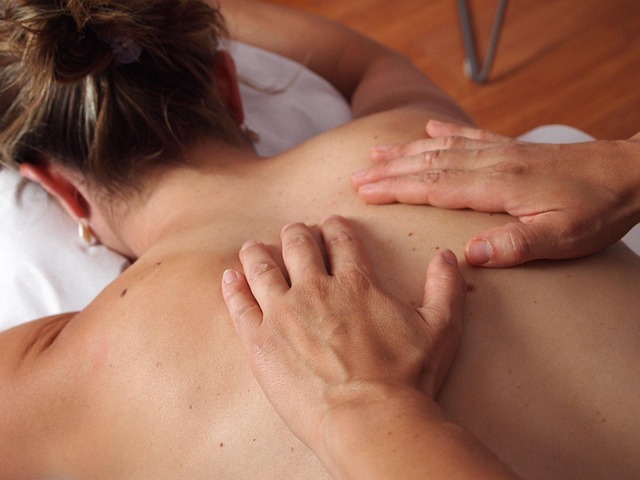Step-by-Step Preparation Before Mechanical Foot Exfoliation
A straightforward primer on preparing for mechanical foot exfoliation, covering practical steps you can take at home or before a salon visit. This teaser outlines what to expect, how to protect skin and calluses, and how to coordinate with professionals for a safe treatment.

Mechanical foot exfoliation can be an effective way to remove callused skin and improve comfort, but it requires mindful preparation to reduce irritation and support healing. Before you use a foot grinder at home or book a session at a beauty salon or spa, invest time in assessing skin condition, gathering supplies, and communicating with any practitioner involved. Proper preparation helps integrate long-standing foot care traditions with modern technology to create a safer experience for all skin types.
This article is for informational purposes only and should not be considered medical advice. Please consult a qualified healthcare professional for personalized guidance and treatment.
How does mechanical exfoliation relate to tradition and technology?
Mechanical foot exfoliation combines historical foot-care traditions with contemporary devices and technology. In many cultures, ancient practices included scrubs, pumice stones, and therapeutic soaks; modern grinders use rotating heads and abrasive plates to manage thickened skin more efficiently. Understanding both the traditional, low-tech approaches and modern equipment helps you set realistic expectations: grinders can speed treatment, but results depend on proper technique, device maintenance, and skin condition.
Should a dermatologist or spa professional assess feet?
Consulting a dermatologist or experienced spa professional is advisable if you have diabetes, circulatory issues, skin infections, open wounds, or unusually sensitive skin. A trained practitioner can determine whether a mechanical exfoliation is appropriate or whether conservative treatment, referral, or a medical procedure is warranted. In clinical practice, assessment reduces complications and ensures that treatment aligns with any medical considerations or ongoing therapies.
How to prepare your body and skin at home spa
In the 48 hours before exfoliation, hydrate and protect the body and feet. Regularly apply a gentle day cream or massage oil to soften dry skin, and avoid harsh retinoids or aggressive anti-aging products immediately before treatment. At-home preparation might include a warm foot soak to loosen dead skin, careful filing with a pumice or emery board, and thoroughly drying the feet. If you plan a home spa session, set up clean towels, a firm surface, and appropriate grinder attachments to avoid cross-contamination.
Can aromatherapy, holistic care, and healing help?
Holistic elements such as aromatherapy and massage can enhance comfort and the overall spa-like feel of a foot treatment. Calming essential oils used in a diffuser or a diluted massage oil can support relaxation, which may reduce the perception of discomfort during exfoliation. Healing-focused aftercare—moisturizing, gentle massage to stimulate circulation, and avoiding tight footwear—supports skin recovery. While these approaches promote wellbeing, they do not replace medical oversight where health conditions exist.
What safety checks and contraindications to consider?
Before exfoliating, check for signs of infection, eczema, deep fissures, recent cryotherapy or other dermatologic procedures, and any recent clinical trials or treatments that might affect skin integrity. Hair reduction treatments, laser sessions, or specialized medical procedures can temporarily increase skin sensitivity. Avoid mechanical exfoliation if you have active infections, open wounds, or significant neuropathy. Use appropriate protective settings on grinders, change heads regularly, and follow manufacturer instructions to reduce risk.
What post-treatment care and expectations apply?
After mechanical exfoliation, keep the area clean and use a fragrance-free moisturizer or a recommended day cream to support barrier repair. Expect temporary redness or heightened sensitivity; this typically resolves in a few days with gentle care. For aesthetic or anti-aging goals, integrate exfoliation into a broader routine that includes sun protection and targeted moisturizers. If symptoms such as persistent pain, swelling, or signs of infection occur, seek evaluation from a healthcare provider.
Conclusion
Preparing for mechanical foot exfoliation involves blending practical home-spa steps with informed professional guidance when needed. Assess skin and medical history, soften and protect skin beforehand, confirm device hygiene and settings, and plan thoughtful aftercare to support healing. Taking these measures helps align tradition, holistic care, and modern treatment approaches for a safer, more comfortable foot exfoliation experience.





